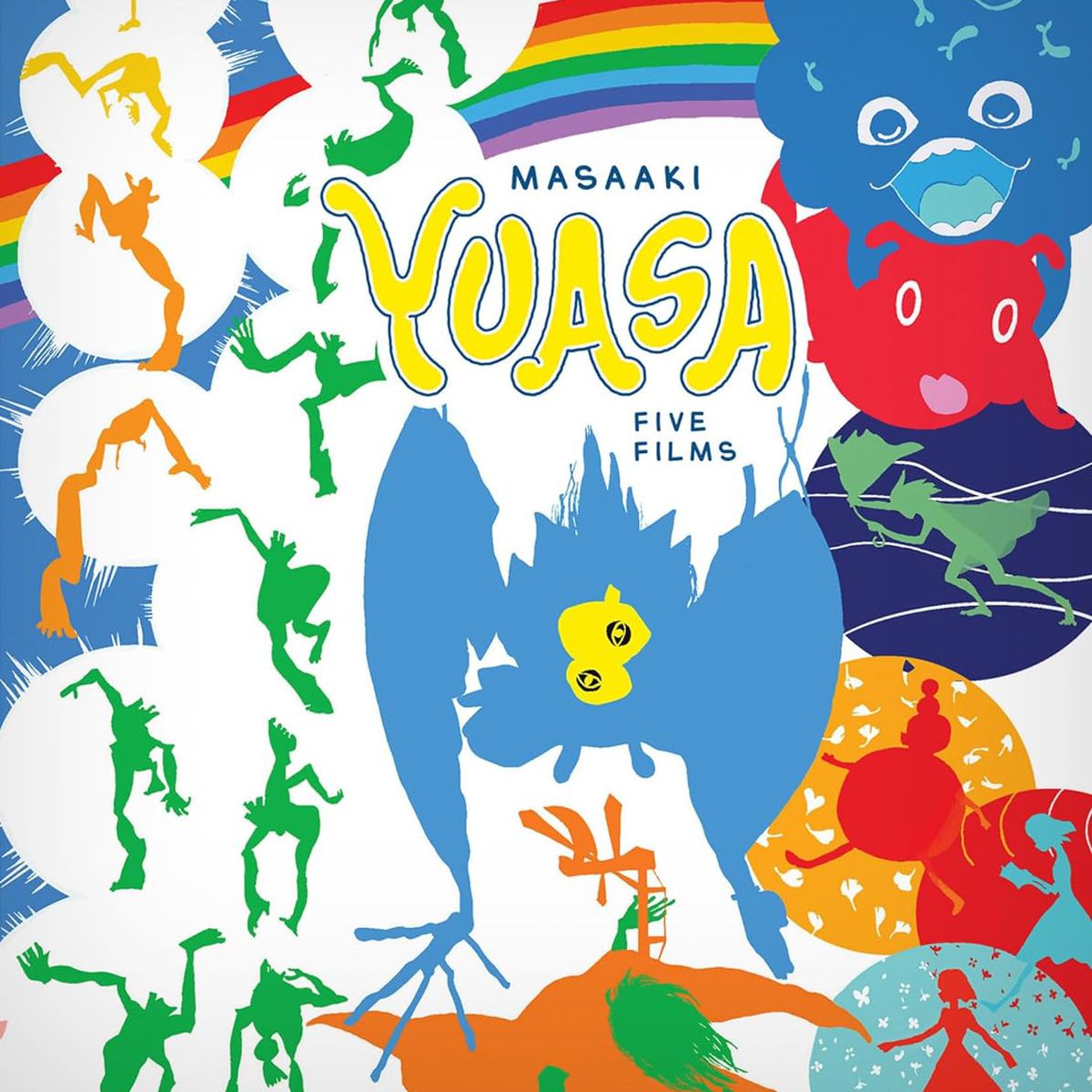Masaaki Yuasa, anime's strangest author, still feels like he has so much to learn
There are animators, anime directors and studio heads, and then there's Masaaki Yuasa: one of the few globally renowned animation authors who only seems to become more beloved the stranger his work gets. With the release of Masaaki Yuasa: Five filmsa stunning tour through Yuasa's cinematic oeuvre, there has never been a better time to revisit his cinematic output, from his astonishing psychedelic debut, Thinking gamevia the genre-defying 2022 historical rock opera Inu-Oh. Also included in the set: 2017's The night is short, walk on girl And Lu over the walland the wild fantasy romance of 2019 Ride your wave.
In support of the new collection, Science co-founder Saru sat down for a Zoom interview with Polygon, during which he reflected on his career, his unique approach to animating characters with impossibly big feelings, and the ways he pushes himself to create deeper, more emotional images. always profound characters.
Polygoon: What was it like looking back on this? five films for this edition? Did anything surprise you about them?
Masaaki Yuasa: You know, rewatching the five films, I really think I still have a lot of work to do. Looking at my skills, I still have a lot to learn. Thinking game is a very old project I've been working on! And then looking at my latest – yeah, I think I still have a long way to go.
Your animation style is spectacular for portraying great feelings. Do you have a favorite feeling to portray?
I think my favorite feeling that I like to portray in my animation is the feeling of liberation. Or like, be free, you know? For example, there is a problem in life and then trying to solve that problem – that's really what I like to express.
Even in your sadder stories there is usually some form of optimism. Is hope or connection important to you as an artist or storyteller?
Yes, when I realized I wanted to be a storyteller, I really thought: Yes, tragedy is the best part of storytelling. But even if a story is a tragedy, I think trying to get out of it – or if you can't get out of it – understanding the tragedy is very important.
What is the most difficult type of scene or relationship to animate?
If you think about live-action films, an actor can go back into the character's past and express it in a way that a human can. But with animation you really have to bring that out. And it's really hard to express those deep emotions that a human actor can.
Image: GKIDS
But I try to express that depth of character when I animate. Maybe it would be easier to draw or create a simple character and just let the stories take over the emotional burden, but I enjoy coming up with complex characters and trying to reflect that in the animation. That's difficult, but that's what I strive for.
I love how you and the people you work with highlight the awkwardness and imperfections in the human body. Do you like all that? Do you think we are sometimes limited in the way we show bodies in motion?
Yes, I think imperfect or clumsy people are more attractive, and I'd rather look at them than someone who looks perfect.
You like to use music in your animation. Is there a genre of music you would like to work with but aren't familiar with yet?
I love all types of music, but there is one genre I haven't worked with before. Ambient noise music – I think that would be very interesting, but I also understand that it would be difficult to record.

